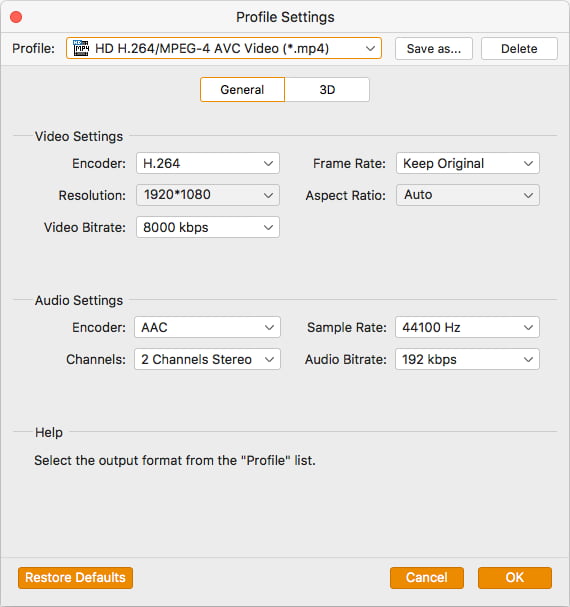

For more control over the encoding, right-click the source file name and choose Export Settings.Click the Start Queue button to create a new, usually smaller, video file.Some outputs have more than one aspect ratio or data rate setting for the same device, so try out different settings to see which produces the best result at the lowest file size. You might keep the ratio of the video source file to avoid a “letterbox”effect (black bars on the sides of the frame).

If you’re not showing a video fullscreen, you may choose a video aspect ratio that’s different from the device’s aspect ratio. Click the Preset menu to select a preset that best represents your target output for example, the Apple iPad.

For example, you have to be concerned with choosing the right aspect ratio (usually either 4:3 for standard television and 16:9 for widescreen and high-definition). Working with video introduces a lot of new terminology unfamiliar to those of us who have worked mostly in print and web publishing. For most digital publishing projects-especially those targeted at mobile devices-it’s crucial to keep video clips to a reasonably small file size. Video file sizes are far larger than audio, But, in addition to converting a file to the correct format, you will also need to create a video of the proper size. In a previous posting, I wrote about the video format to use for digital publishing-H.264-encoded video files. InDesign has had the ability to place video files since CS2, but its video capabilities were greatly enhanced in InDesign CS5 and 5.5. These days more of us are using InDesign to create non-print projects-interactive PDF, SWF, EPUB, and applications for tablets.


 0 kommentar(er)
0 kommentar(er)
